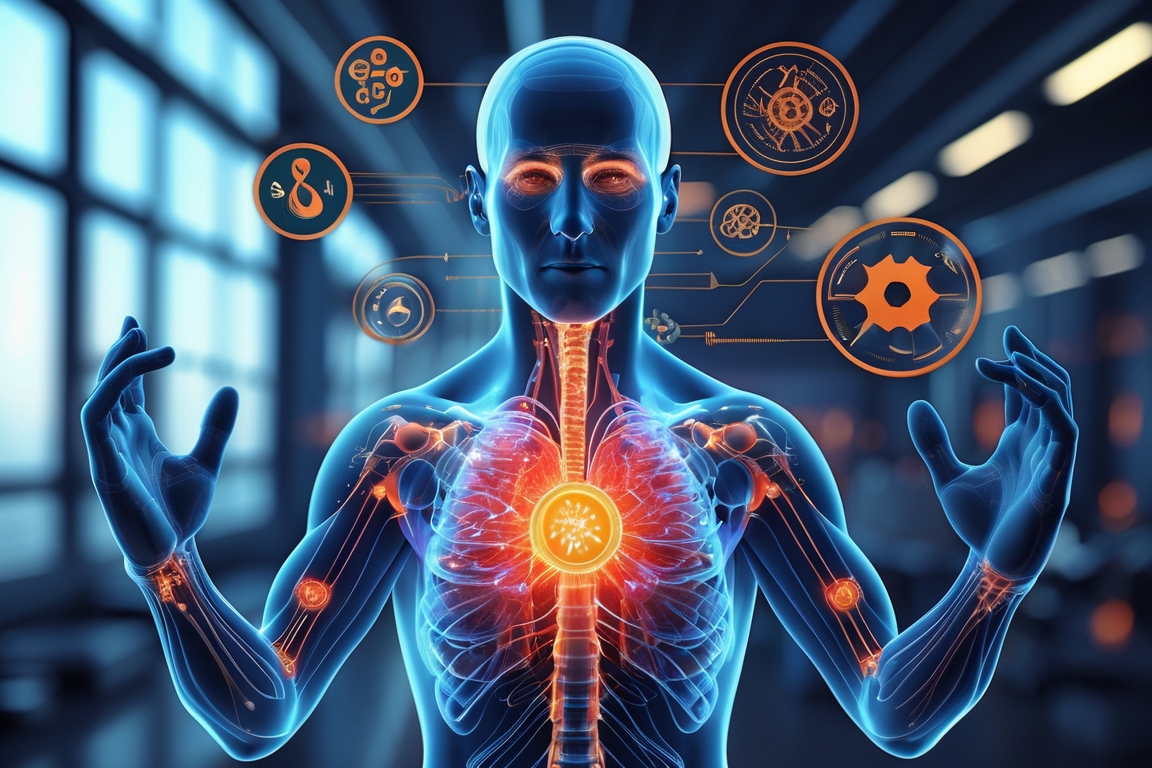When it comes to nutrition, most of us focus on what we eat: more vegetables, less sugar, fewer processed foods. But there’s a rising tide of research that suggests the when might be just as crucial—perhaps even more so. Welcome to the world of chrono-nutrition, where your internal body clock plays a starring role in how your meals affect your metabolism, energy levels, and even sleep.
Chrono-nutrition is the study of how our body’s natural circadian rhythms—the 24-hour internal clocks that regulate our sleep-wake cycles, hormone release, and metabolism—interact with food intake. In essence, it explores how aligning your meals with your body’s biological timing may help you feel better, sleep deeper, and maybe even lose weight more effectively.
Let’s dive into what this means for your daily routine—and how you can harness the power of time-aligned eating.
What Is Circadian Rhythm, and Why Does It Matter?
Your circadian rhythm is like a built-in biological schedule, influencing everything from digestion to body temperature to blood pressure. This rhythm is regulated by the brain’s suprachiasmatic nucleus (SCN), which responds to light and other environmental cues to keep you in sync with the natural day-night cycle.
Interestingly, your digestive system has its own internal clocks. These peripheral clocks, located in organs like the liver, pancreas, and stomach, help regulate appetite, insulin sensitivity, and nutrient processing. When your eating habits fall out of sync with these rhythms—like eating a heavy meal late at night—it can lead to metabolic confusion, fatigue, and even long-term health issues like obesity and type 2 diabetes.
The Case for Front-Loading Your Calories
One of the central principles of chrono-nutrition is eating earlier in the day. Research shows that our bodies are more insulin-sensitive in the morning, meaning we process glucose (sugar) from food more efficiently. Eating a larger breakfast and a lighter dinner may help:
- Improve blood sugar control
- Reduce hunger later in the day
- Support weight loss and prevent weight gain
- Enhance sleep quality
A 2020 study published in Obesity found that participants who ate more of their daily calories in the morning lost significantly more weight than those who consumed most of their calories at night—even though both groups ate the same number of calories overall.
The Dangers of Late-Night Eating
Eating late at night—or snacking right before bed—can throw your body out of sync. Since digestion slows down in the evening, late meals can lead to:
- Poor blood sugar control
- Acid reflux and discomfort
- Disrupted sleep due to active digestion
- Increased fat storage
Night-shift workers, who often eat at odd hours, are especially vulnerable to metabolic issues like insulin resistance and obesity. Even for the average person, consistently eating dinner late (after 8 p.m.) may raise the risk of weight gain and heart problems over time.
Meal Timing Tips for Better Health
- Eat Within a 10–12-Hour Window
Time-restricted eating—often a form of intermittent fasting—encourages eating all your meals within a 10–12-hour window. For example, if you have breakfast at 8 a.m., aim to finish dinner by 6–8 p.m. - Front-Load Your Calories
Make breakfast and lunch your biggest meals of the day. Opt for a protein-rich breakfast and a nutrient-dense lunch to keep energy and metabolism running smoothly. - Keep Dinners Light and Early
Try to finish dinner at least 2–3 hours before bedtime to allow digestion to complete and prevent sleep disruptions. - Listen to Your Natural Hunger Cues
Your body tends to be hungrier earlier in the day when metabolism is more active. Don’t suppress morning hunger in favor of nighttime snacking. - Sync with Your Sleep Schedule
The more regular your sleep-wake cycle, the more synchronized your body’s internal clocks will be—including those related to digestion and metabolism.
The Bottom Line
While quality and quantity of food remain important pillars of nutrition, when you eat may be the missing link to optimal health. Chrono-nutrition offers a simple yet powerful framework: eat with the sun. Aligning your meals with your body’s circadian rhythm can improve everything from metabolic health and digestion to energy levels and sleep quality.
In a fast-paced world of 24/7 food access and irregular schedules, being mindful of timing can bring surprising results. Start by shifting your meals a bit earlier, avoiding late-night snacks, and giving your body time to rest between meals. Small timing changes could make a big difference—turning your internal clock into your greatest health ally.






